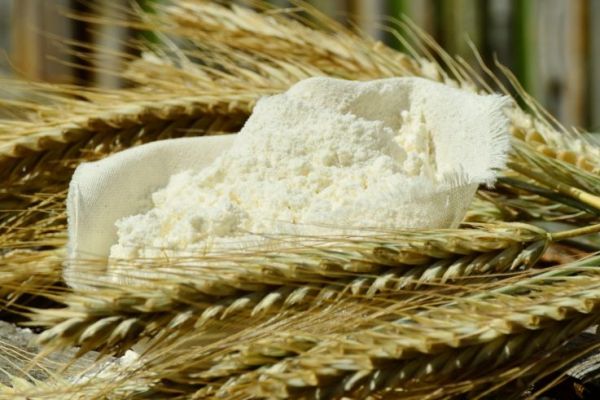Palm oil stockpiles in Malaysia, the biggest producer after Indonesia, declined last month to the lowest level since June 2013 as production unexpectedly fell. Futures in Kuala Lumpur climbed and erased earlier losses.
Reserves dropped 10 percent to 1.66 million metric tons from 1.84 million tons in May, the Malaysian Palm Oil Board said. Estimates showed inventories rising to 1.86 million tons, according to a Bloomberg survey. Output fell 5.3 percent to 1.57 million tons and exports rose 5.3 percent to 1.48 million tons, board data showed. That compares with the survey’s output estimate at 1.66 million tons and exports at 1.45 million tons.
Futures are approaching a bear market in Kuala Lumpur, after touching an 18-month high in March, on forecasts for record U.S. production of soybeans, which can be crushed to make an alternative oil. Palm oil production growth may be weak this year, driving prices higher, and stockpiles may decline if demand is strong enough, according to RHB Investment Bank Bhd.
“The drop in inventory by 10 percent is totally unexpected,” Alan Lim, an analyst at Kenanga Investment Bank, said by phone in Kuala Lumpur. “This was mainly because of the decline in production, as well as the higher-than-expected increase in exports. Demand seems to have returned in a significant way due to low prices.”
Futures climbed as much as 1 percent to 2,396 ringgit ($754) a metric ton on Bursa Malaysia Derivatives, before trading at 2,384 ringgit as of 4:56 p.m. in Kuala Lumpur. Futures slumped to 2,349 ringgit, the lowest since Oct. 8, at the midday trading break before the data was released.
El Niño
A moderate-strength El Nino, which can bring drought to the Asia-Pacific region, has an 80 percent chance of developing in the northern hemisphere fall or winter, exceeding odds of 70 percent for the event to occur in the summer, the Malaysian Meteorological Department said today. An El Nino in the second half of the year would inject “significant upside risks” for palm oil futures toward end-2014, analysts at Oversea-Chinese Banking Corp. wrote in a report today.
A lack of moisture can hurt production over a lagged period of time as palms need about 150 millimeters to 200 mm of monthly rain. The drop in June output was probably caused by dry weather last year, Alvin Tai and Hoe Lee Leng, analysts at RHB Investment Bank, wrote in a report yesterday.
Output may decline this month as plantation staff work fewer hours during the Muslim fasting month of Ramadan, said Hiro Chai, associate director at CIMB Futures Sdn. Still, production may climb about 5 percent in July due to a seasonal increase, said Kenanga’s Lim. Output is typically highest from July to October each year.
Inventories may retreat in July to about 1.61 million tons as exports will increase on demand from China and Europe during the summer, said Lim. Palm oil clouds in cooler weather, damping demand in the northern hemisphere during winter.
Shipments from Malaysia climbed 14 percent to 445,968 tons in the first 10 days of this month from the same period in June, surveyor Intertek said today. Exports surged 19 percent in the same period, according to SGS (Malaysia) Sdn.
Bloomberg News edited by ESM














